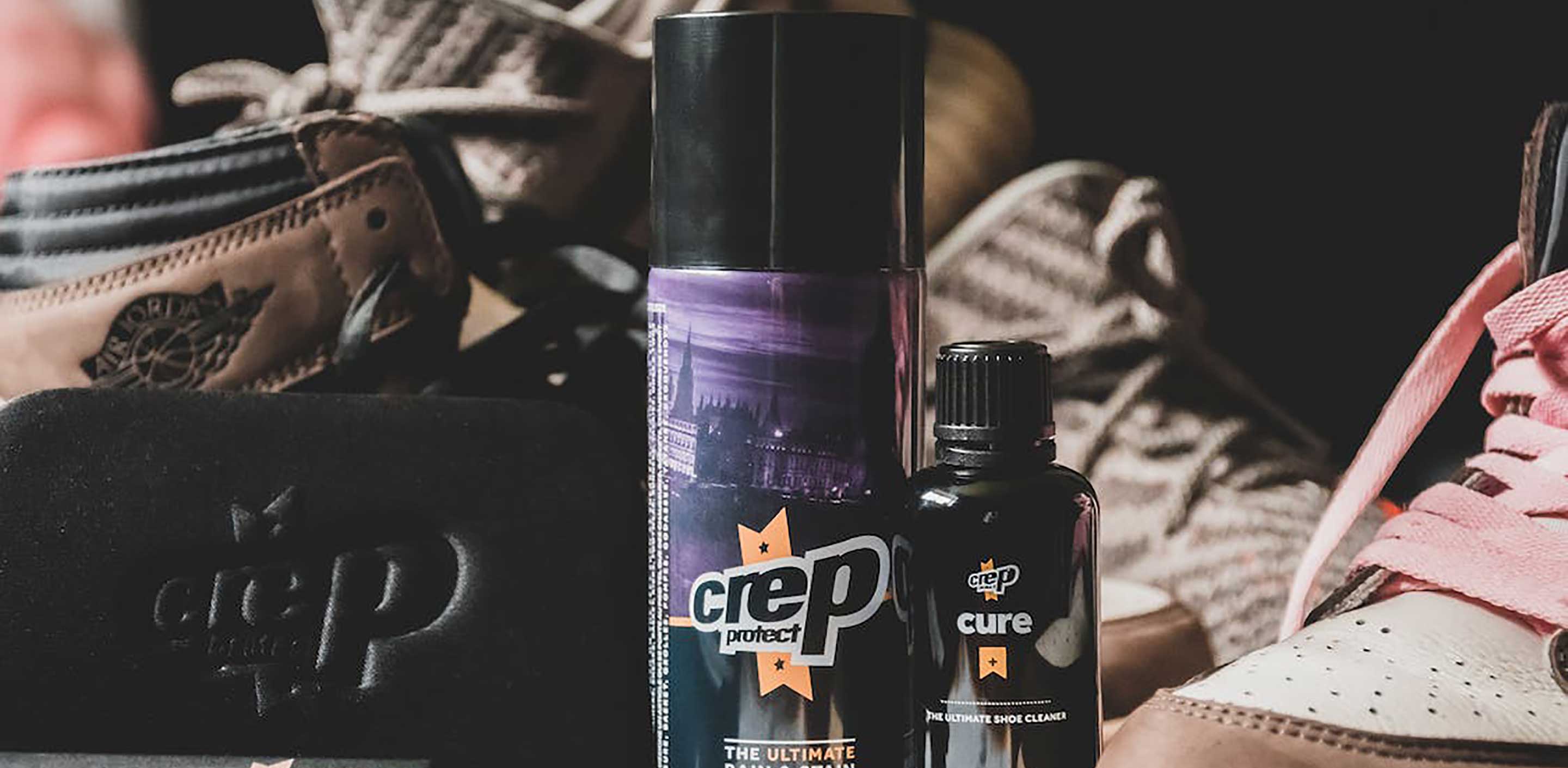Maximizing Leather Longevity: The Essential Guide to Sealing

Leather, with its timeless appeal and durability, serves as a staple in both fashion and function. However, to maintain its elegance and extend its life, sealing leather is a crucial step. But what exactly is sealing leather, and how is it done? This detailed blog explores the art of sealing leather, the different types of sealants available, and a step-by-step guide on how to protect your cherished leather items.
Understanding Sealing Leather
Sealing leather involves applying a protective layer or finish to the surface of leather goods. This process is designed to safeguard the leather from moisture, UV damage, stains, and wear, ensuring it remains in pristine condition for years to come. But sealing is not just about protection; it can also enhance the leather's aesthetic, giving it a desirable sheen or matte finish depending on the sealant used.
Why Seal Leather?
Leather is naturally porous, making it susceptible to absorbing liquids and oils, which can lead to staining, discoloration, and deterioration. Sealing acts as a barrier, preventing damage and maintaining the leather's integrity and appearance. Whether you own men's leather jackets or women's leather jackets, proper sealing protects your investment.
Types of Leather Sealants
- Wax-based Sealants: Provide a natural, matte finish while offering water resistance and conditioning the leather.
- Acrylic Copolymer Sprays: Leave a flexible, protective layer on the leather that's invisible to the eye, ideal for maintaining the leather's natural look.
- Silicone Sprays: Offer excellent water repellency and are perfect for outdoor leather gear but may require frequent reapplication.
- Resin-based Protectors: Create a durable, high-gloss finish, often used in automotive and furniture leather products.
How to Seal Leather: A Step-by-Step Guide
- Clean the Leather: Before applying any sealant, ensure the leather is clean and dry. Use a gentle leather cleaner and a soft cloth to remove any dirt or oils. For detailed cleaning instructions, check our leather jacket care guide. If you're dealing with tough stains, our guide on removing stains from leather jackets can help.
- Choose the Right Sealant: Select a sealant that suits your leather item's use and your desired finish. Consider the product's specific instructions for the best results. Different leather types may need different approaches—learn more about goat leather care if you have specialty items.
- Test the Sealant: Always perform a patch test in an inconspicuous area to ensure the sealant does not adversely affect the leather's color or texture.
- Apply the Sealant: For sprays, hold the can several inches away from the surface and spray evenly. For waxes or creams, use a soft cloth to apply the product in circular motions.
- Allow It to Dry: Let the sealant dry completely, away from direct heat or sunlight. This may take a few hours to overnight, depending on the product.
- Buff (if necessary): Some sealants may require buffing after drying to achieve the desired finish. Use a clean, soft cloth to buff the leather gently. This step is especially important for burnished leather finishes.
- Reapply as Needed: Over time and with regular use, the sealant may wear off. Reapply periodically to maintain protection, especially after cleaning the leather.
Care and Maintenance
Sealed leather still requires regular care to stay in top condition. Clean gently, avoid harsh chemicals, and keep the leather conditioned. Learn about the best leather conditioners to maintain your leather's suppleness.
For leather that has become stiff over time, our guide on softening stiff leather can help restore its flexibility. Store leather items properly to prevent undue stress or exposure to harmful elements.
If you're working with distressed leather, special care is needed to maintain its unique character while keeping it protected.
Conclusion
Sealing leather is an essential practice for anyone looking to preserve the beauty and longevity of their leather goods. By understanding the different types of sealants and following the correct application process, you can protect your leather items from common hazards while enhancing their natural appeal. Remember, the key to successful leather maintenance is regular care and timely reapplication of sealant, ensuring your leather remains as enduring and distinctive as the day it was crafted.
Frequently Asked Questions
What is the difference between sealing and waterproofing leather?
Sealing creates a protective barrier on leather's surface to prevent stains, UV damage, and general wear. Waterproofing specifically focuses on water resistance. Many sealants offer some waterproofing, but not all waterproofing products seal against other damage. For best protection, use a sealant that also offers water repellency.
How often should I seal my leather jacket?
Reapply sealant every 3-6 months depending on use. If you wear your jacket daily or in harsh weather, seal it more often. Light rain or visible water absorption are signs it's time to reseal. Always clean and condition before reapplying sealant.
Can I use beeswax to seal leather?
Yes, beeswax is an excellent natural sealant for leather. It provides water resistance and conditioning in one step. Apply it with a soft cloth, let it absorb, then buff for a matte finish. However, it may darken lighter leathers, so test first on a hidden area.
Do I need to seal new leather jackets?
Most new leather jackets come with some factory finish, but adding extra protection is smart. Wait a few weeks of wear to let the leather settle, then apply a sealant. This extra layer protects against early stains and helps the jacket age better. Always test on a small area first.
Will sealing leather change its color or finish?
It depends on the sealant type. Acrylic sprays are invisible and won't change appearance. Wax-based sealants add a matte finish and may slightly darken leather. Resin-based products create a glossy look. Always test in a hidden spot first. Choose a sealant that matches your desired finish.


